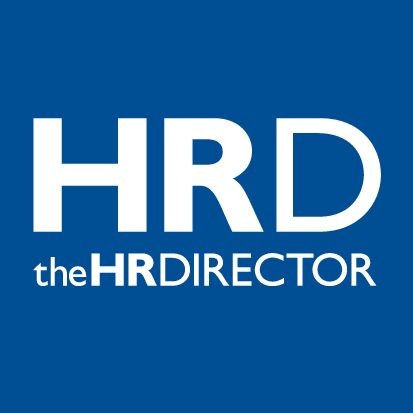Corporate platforms, intranets and social networks are reinventing the ways employees deal with HR issues. So what can these digital solutions do to empower staff – and what can't they?
Low levels of employee engagement are costing the UK economy billions – £26bn each year, according to a study by employment solutions provider Kenexa1.
But it’s not a new problem. Gallup began studying the ‘human needs and satisfactions’ of employees as far back as the 1930s, and has been developing ways to analyse and improve what we have come to recognise as ‘engagement’ ever since.
These days, the consultancy uses a list of 12 questions to help determine the level of engagement among a particular workforce, with the frequency of affirmative answers correlating with the number of happy, productive employees. One of the most important of these questions, according to Chris McGrath, co-founder of the social intranet provider Thoughtfarmer, is: “At work, do my opinions seem to count? “The kind of people who won’t speak up in a meeting unless they’re specifically called on… might have the chance to contribute online.”
He adds, “the new breed of social intranets and online platforms that promote communication, interaction and, yes, engagement among employees, can have a big impact. Of course, what happens offline is vitally important”
“Does your boss listen to you? Does your feedback seem welcome? But what happens online matters too. The kind of people who won’t speak up in a meeting unless they’re specifically called on, or those who might get flustered or hold back – online, they might have a wonderful writing voice and so have the chance to contribute there. A social intranet allows companies to invite comment and discussion from everybody.”
Having been bought by Microsoft for $1.2bn in 2012, the biggest name in specialist ‘enterprise social networks’ is Yammer. Like Thoughtfarmer and others, the platform provides a private network that employees of an organisation can use to collaborate on projects, share news, comment and communicate. It’s used by more than 8 million people worldwide and 85% of companies in the Fortune 500.
Jeff Willinger, Social Business Specialist at US consultancy Rightpoint says that adopting Yammer has been a challenge for some employees, but that now 100% of Rightpoint’s staff use it. They’ve now realised “what’s in it for them,” Willinger says. “It’s super-easy to use, it’s searchable, and is something that can be accessed from an employees’ mobile device.”
But while this way of doing things has clear benefits, Thoughtfarmer’s Chris McGrath warns that companies need to do more than just put the right technology in place. On its own, that isn’t guaranteed to boost engagement among employees. “I don’t think just having a social intranet can give a company a good culture,” he says. “What we’ve observed is that the companies that are most successful with Thoughtfarmer are the ones that already have a reputation for having an excellent culture. If a social intranet is deployed at a company that is very hierarchical, where employee feedback is implicitly unwelcome, there just won’t be any engagement.”
McGrath adds that the success of a social intranet hinges largely on the actions of senior management. He mentions one company whose CEO was very active on the platform, which encouraged other employees to contribute, join discussions and engage with the business. Then, as a result of a merger, the CEO stopped writing posts on the platform. Unsurprisingly, many of the company’s employees followed suit. And, as a result, there was an obvious drop in engagement. “To an extent, it’s down to senior management,” says McGrath. “They set the tone. So if they won’t engage with it, then it will just end up being a flop.”
For more articles around insight for HR professionals please visit Workplace Focus.
Sources:
1. Evidence provided by Kenexa to the Engage for Success taskforce, November 2012.
2. Social Intranets and Employee Engagement: an HR solution for meaningful morale building, by Chris McGrath and Ephraim Freed, 2012






